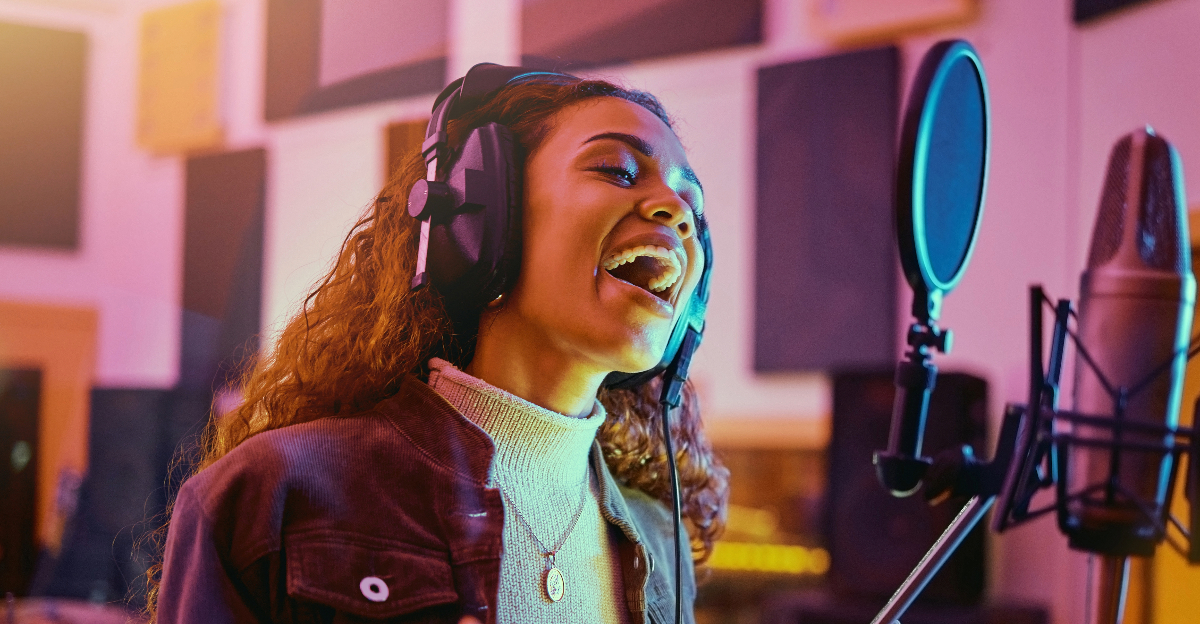In the world of animation, voice artistry is a powerful tool that breathes life into characters and turns two-dimensional drawings into unforgettable personalities. Behind every iconic animated character, there lies a skilled voice actor who not only provides the character’s spoken words but infuses them with emotion, depth, and authenticity. These voice artists are the unsung heroes of the animation industry, employing their vocal talents to create an immersive experience for audiences of all ages. One of the key elements that make animation voice artistry so potent is the ability of voice actors to convey emotions solely through their vocal range. Without the aid of facial expressions or body language, these artists must rely on the sheer power of their voices to communicate joy, sorrow, excitement, or fear. Whether it is the infectious laughter of a mischievous sidekick or the commanding tone of a heroic leader, the voice actor becomes the conduit through which audiences connect with the characters on a visceral level.

Moreover, animation voice artistry extends beyond mere dialogue delivery; it involves the creation of a distinct and memorable voice for each character. A skilled voice actor possesses the versatility to transform their voice, pitch, and tone to suit the unique traits of the character they are portraying. This transformative quality not only defines the character but also elevates the storytelling by making each animated persona distinct and recognizable. Consider the legendary voice actor behind beloved characters like Mickey Mouse, Donald Duck, and Goofy the late Walt Disney himself. Disney’s ability to infuse these characters with distinctive voices not only shaped the identity of the animated classics but also contributed significantly to the cultural legacy of these characters. The power of animation voice artistry lies in its capacity to create timeless connections between characters and audiences, forging bonds that endure across generations and see here https://rebeccaleespeaks.com/animation/.
Furthermore, voice actors often collaborate closely with animators and directors to ensure that their performances seamlessly align with the visual aspects of the characters. This synergy between the visual and auditory elements is crucial in constructing a cohesive and immersive animated world. The voice actor becomes a crucial part of the character’s design, contributing to the overall narrative and emotional resonance of the story. In essence, animation voice artistry is a delicate dance between the tangible and the intangible, where the voice actor becomes the puppeteer pulling the strings of emotion and expression. It is a craft that demands not only vocal prowess but also a deep understanding of character psychology and storytelling nuances. As audiences continue to be captivated by animated worlds, the significance of voice artistry in shaping the magic behind the characters cannot be overstated a testament to the enduring power of the spoken word in the realm of animation.
